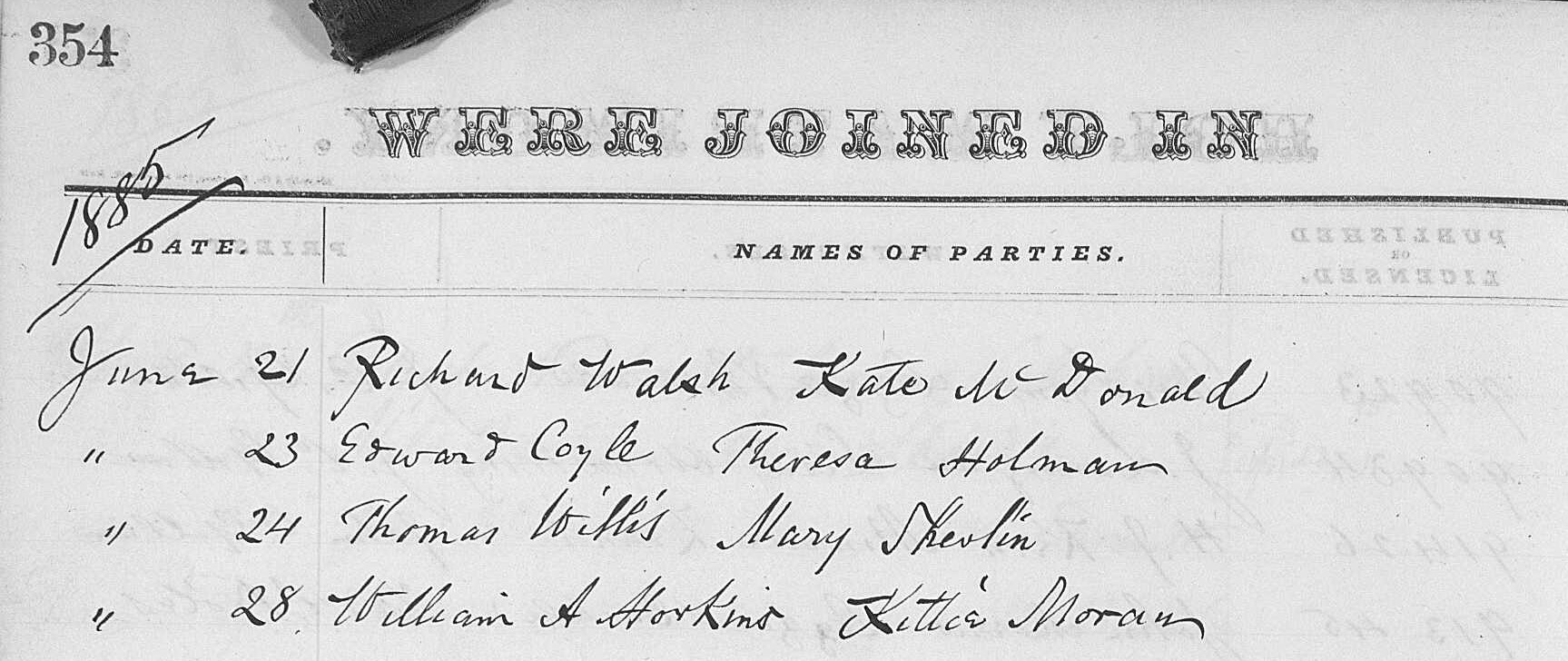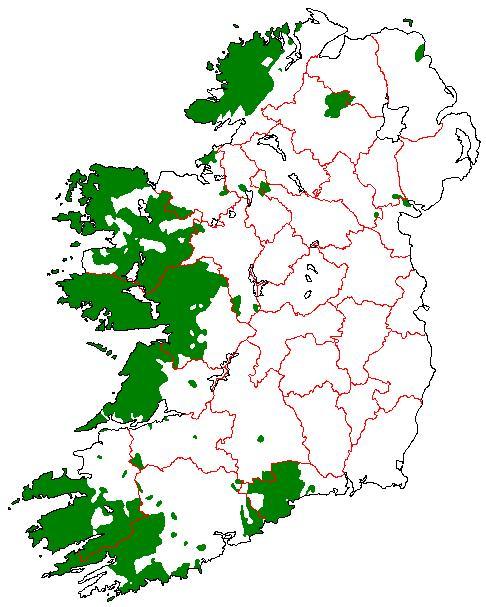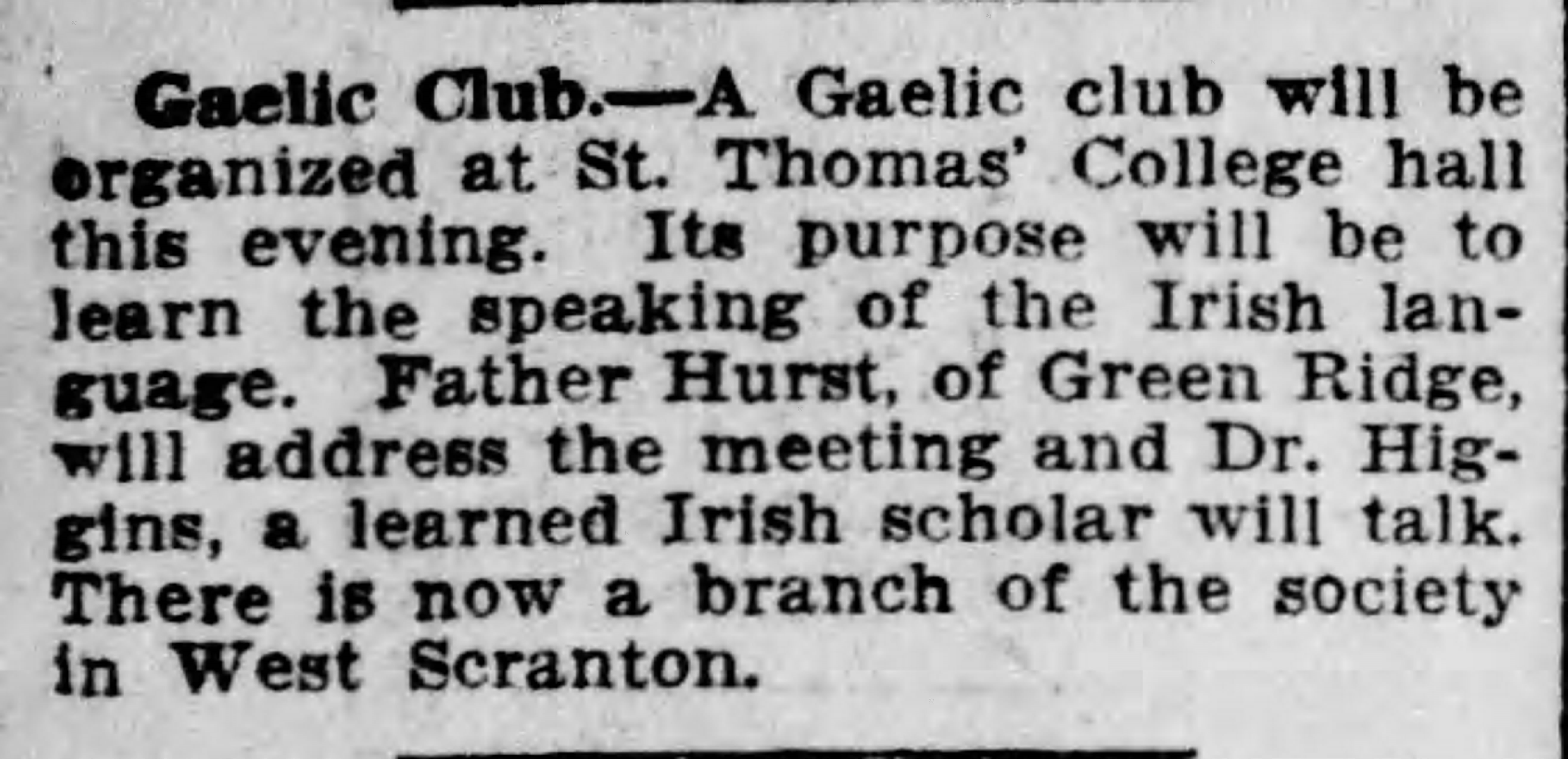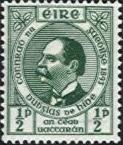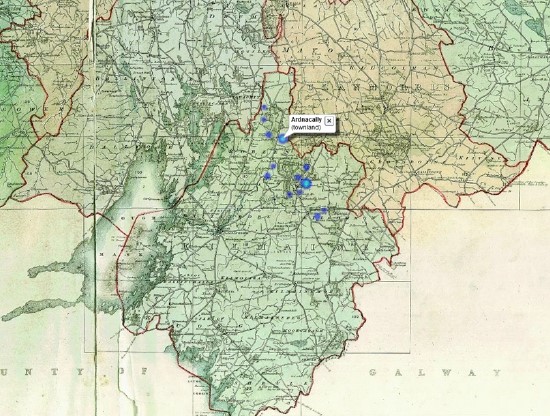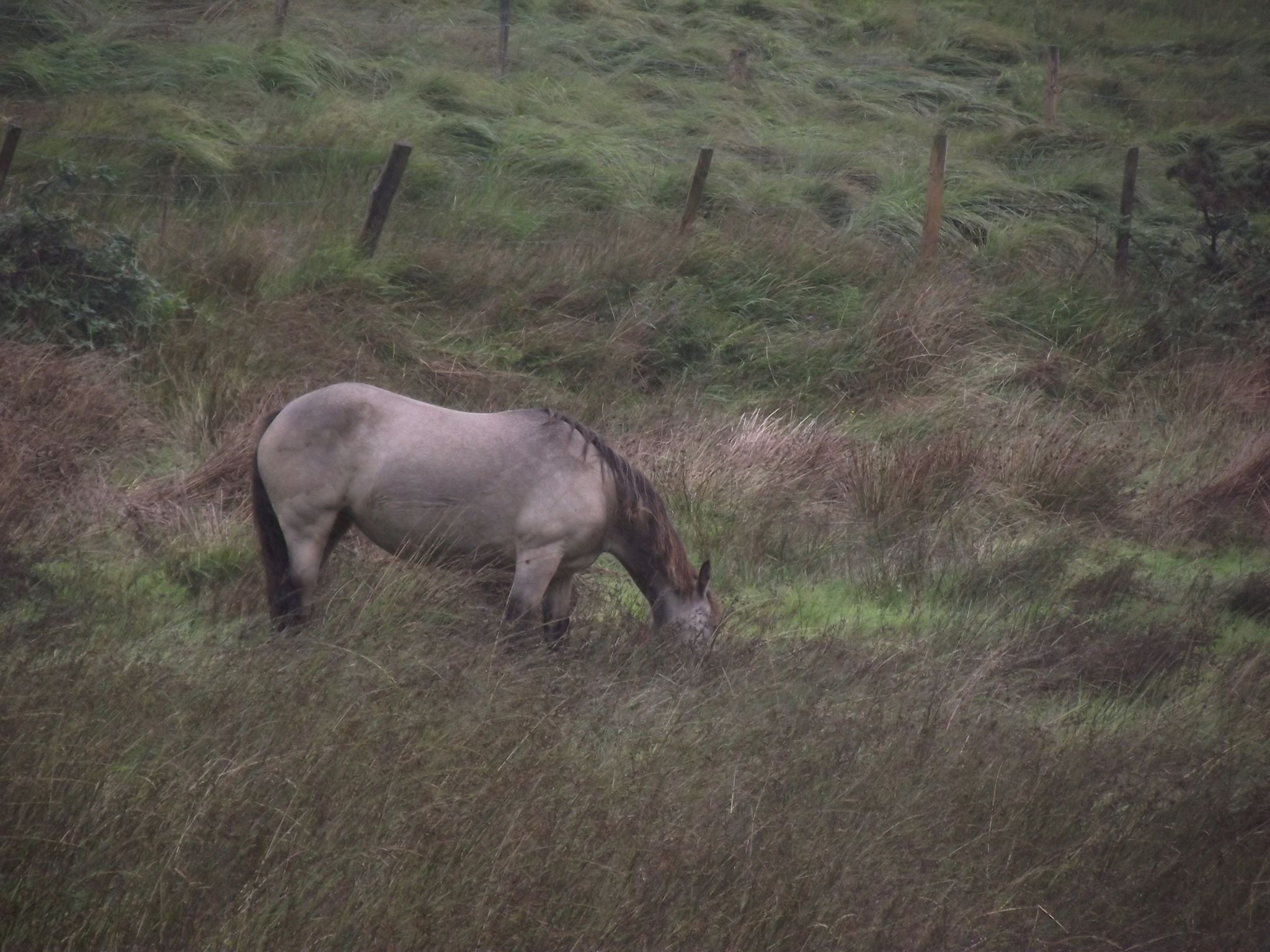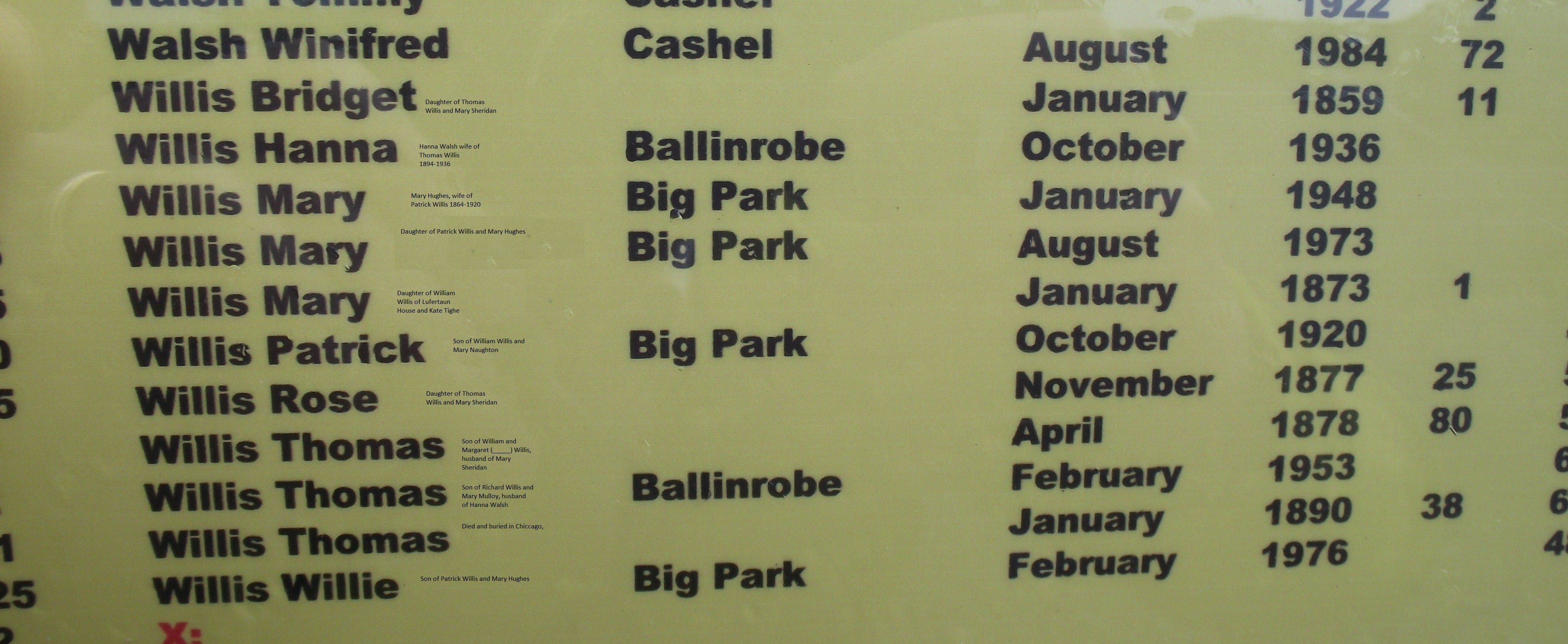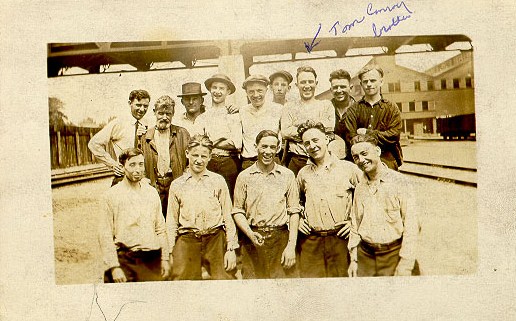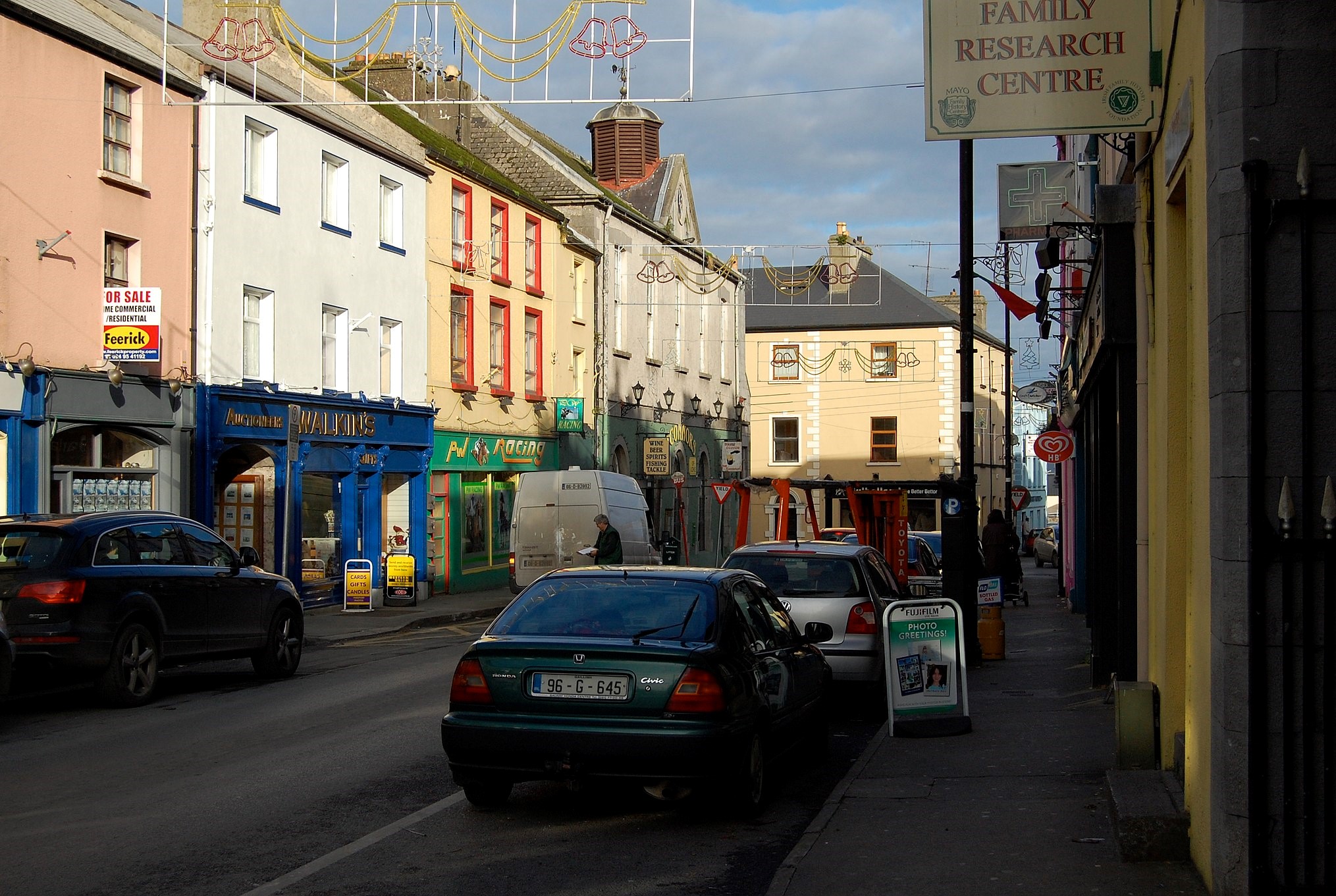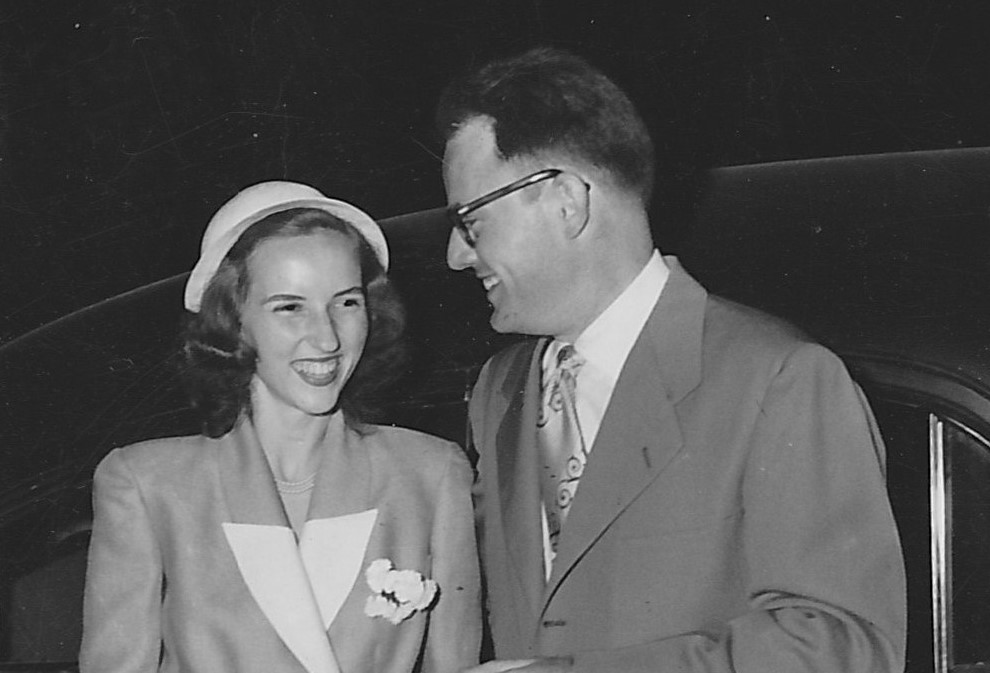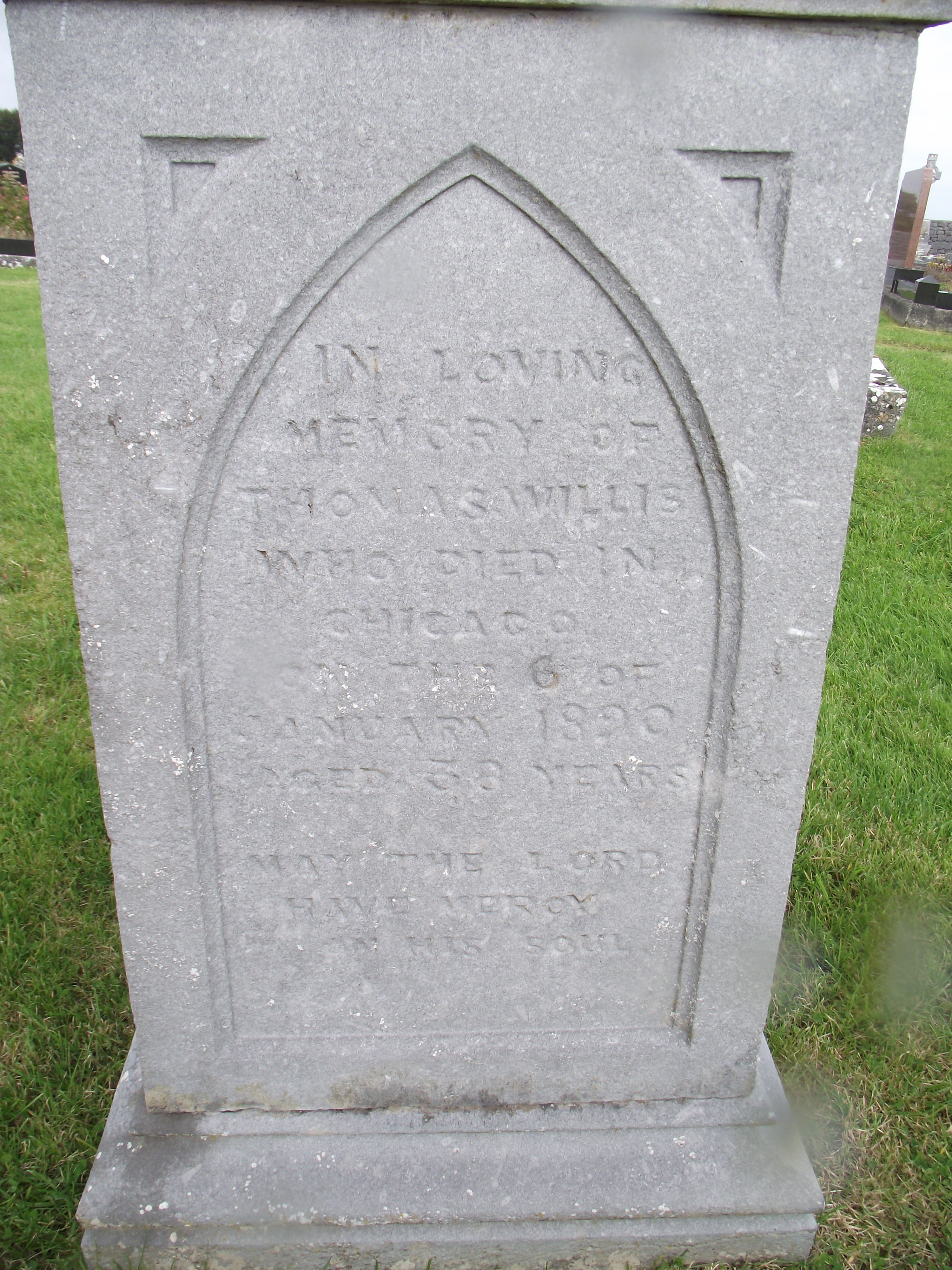As far as I know, none of my direct ancestors were professional architects, though I am sure many of them planned and built their own modest vernacular houses before the modern era. It is a challenging and highly respected calling, which is why “George Costanza” always wanted to be one, or more realistically, pretend to be one.
There are only three architects in my entire family tree of over 10,000 people, which generally extends to first or second cousins and their spouses:
William John Marsden (1847-aft. 1901) descends from a family long established in Sheffield, Yorkshire. Most of the Marsden men made their living as highly skilled metalworkers from at least the middle of the 18th century, producing scythes, knives, razors and other items. William’s father however was an ivory cutter and dealer, ivory being used for the handles of knives and razors.
Today an architect must undergo a lengthy program of formal education and then be certified by a licensing board before establishing a practice, but in William’s time one became an architect in the same way that one became a cutler or razor-maker: Through an apprenticeship.
This is why we find William in the 1861 census, age 14, living in Sheffield with his parents, but with his occupation given as “Architect (articled).” This means that Articles of Apprenticeship had been signed between a Master Architect and probably William’s father, spelling out the terms under which William would work for him, and thereby learn his trade. I wonder if following this profession was William’s idea or his parents’?

In 1871 William was still single and living with his parents but was a full-fledged architect. He must have also learned surveying skills at some point, because in 1881 his occupation is listed as “Architect & Surveyor to the Corporation of Sheffield.” The 1891 census finds him in Broughton, Lancashire, where he worked as an “Engineer & architect” assisted by his son James, age 19. In 1901, the last census in which I can find him, he lived in Blackpool, Lancashire and gave his occupation as “Civil Engineer.” Unfortunately, I do not know of any buildings he designed or other projects he worked on.
John Joseph Brady (1829-1904) was an Irish architect and contractor who married my husband’s cousin Elizabeth (Willis) Glynn in 1877. (Elizabeth was the widow of Michael Glynn, Esq. of Caltra House, Claremorris, County Mayo.) John seems to have lived in Galway City, County Galway, Ireland for the whole of his life, though extant Irish records are so sparse it is hard to tell.

I cannot find anything about his training, but at least one building he designed still stands today. This is the Catholic Church of the Immaculate Conception in Glencorrib, County Mayo. He had completed the plans by 12 May 1875, when the laying of the foundation stone was announced in the Freeman’s Journal. Ireland’s National Built Heritage Service describes the building as a “stolid Georgian Gothic” style church, with a “restrained interior” and an exterior that makes a “pleasing visual statement.”
Arthur Hemsworth Byrd (1849-1902) is a cousin via the Linley and Hemsworth families. Born in Barnsley, Yorkshire, where his father worked as a draper, he moved with his parents to a farm in Staffordshire before the 1861 census. He was listed as an architect in both the 1871 and the 1881 census, though he was only age 21 in the earlier count. Using the British newspapers searchable at FindMyPast.com, I was able to find out that he designed a school in Coventry, Warwickshire in 1875.
In 1879 architect John R. Hilder of Bloemfontein, Orange Free State (now part of South Africa) died, leaving the position of diocesan architect to the Anglican Church open. In 1881 Arthur was recruited to handle the enlargement of Bloemfontein’s cathedral which he did successfully. In 1882 he designed a building for the Mechanics’ Institute in the same neighborhood as the cathedral.

In 1883 Arthur joined the Brotherhood of St. Augustine of Hippo, an Anglican missionary brotherhood, and moved to their base in Modderpoort, about 80 miles east of Bloemfontein, where he is thought to have designed one or more buildings. He lived the remainder of his life there, dying in 1902.












